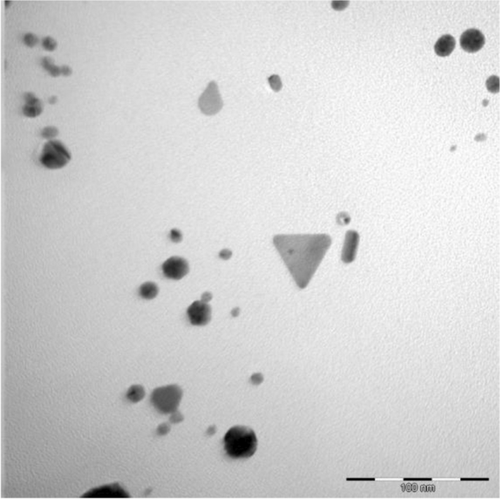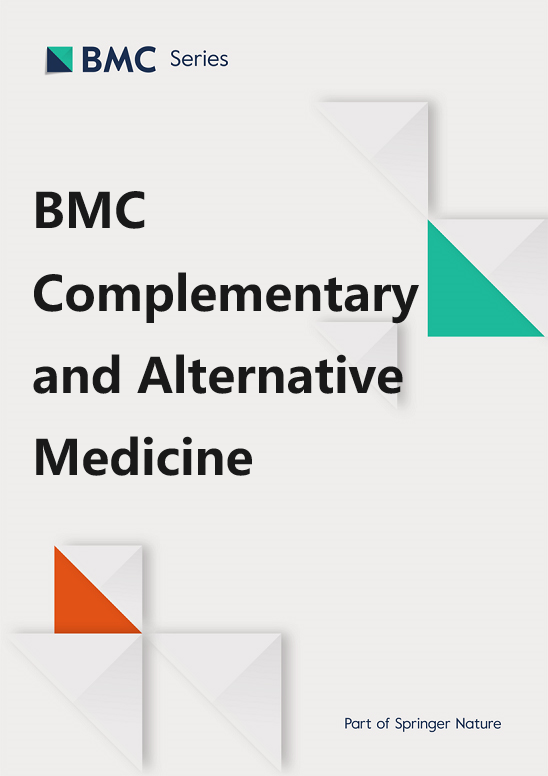Lippia scaberrima Sond.和 Aspalathus linearis (Burm.f.) R. Dahlgren 提取物对人体 CYP 酶和金纳米粒子合成的影响:对药物代谢和细胞毒性的影响
IF 3.4
2区 医学
Q1 Medicine
引用次数: 0
摘要
新陈代谢是草药成分动力学特性的重要组成部分,它往往决定了这些有效成分在目标部位的内部剂量和浓度。需要确定植物提取物和纯化合物的代谢概况,以了解可能发生的草药-药物代谢相互作用。本研究使用了不同浓度的 Lippia scaberrima 精油、单独的 Lippia scaberrima 乙醇提取物及其与发酵和未发酵 Aspalathus linearis 提取物的组合,以确定其对胎盘、微粒体和重组人肝脏细胞色素 P450 酶的抑制潜力。此外,该研究还调查了以 Lippia scaberrima 的乙醇提取物为先导样品的金纳米粒子的合成和表征。通过各种方法对合成的金纳米粒子进行了确认和表征。此外,还比较了葶苈子乙醇提取物与以阿拉伯树胶为封盖剂从葶苈子中合成的金纳米粒子的细胞毒性特性。所有样品都表现出不同程度的 CYP 抑制作用。对 CYP2C19 和 CYP1B1 的抑制作用最强,所测精油的 50%抑制浓度 (IC50) 值小于 0.05 µg/L,而所有其他组合和所测提取物的 IC50 值均在 0.05 µg/L-1 µg/L 之间。对于 CYP1A2 和 CYP2D6,精油、提取物和组合的 IC50 值在 1 - 10 µg/L 之间。所发现的 IC50 值大多高于 10 µg/L,因此对所测试的 CYP 酶没有抑制作用。因此,Lippia scaberrima 的精油、Lippia scaberrima 的乙醇提取物本身以及它们与 Aspalathus linearis 的组合在临床上并不具有任何显著的 CYP 相互作用潜力,可以进一步研究它们在结核病治疗方案中的辅助潜力。此外,研究还表明,与葶苈子乙醇提取物相比,葶苈子金纳米粒子的细胞毒性降低了两倍。本文章由计算机程序翻译,如有差异,请以英文原文为准。

Evaluation of Lippia scaberrima Sond. and Aspalathus linearis (Burm.f.) R. Dahlgren extracts on human CYP enzymes and gold nanoparticle synthesis: implications for drug metabolism and cytotoxicity
Metabolism is an important component of the kinetic characteristics of herbal constituents, and it often determines the internal dose and concentration of these effective constituents at the target site. The metabolic profile of plant extracts and pure compounds need to be determined for any possible herb-drug metabolic interactions that might occur. Various concentrations of the essential oil of Lippia scaberrima, the ethanolic extract of Lippia scaberrima alone and their combinations with fermented and unfermented Aspalathus linearis extract were used to determine the inhibitory potential on placental, microsomal and recombinant human hepatic Cytochrome P450 enzymes. Furthermore, the study investigated the synthesis and characterization of gold nanoparticles from the ethanolic extract of Lippia scaberrima as a lead sample. Confirmation and characterization of the synthesized gold nanoparticles were conducted through various methods. Additionally, the cytotoxic properties of the ethanolic extract of Lippia scaberrima were compared with the gold nanoparticles synthesized from Lippia scaberrima using gum arabic as a capping agent. All the samples showed varying levels of CYP inhibition. The most potent inhibition took place for CYP2C19 and CYP1B1 with 50% inhibitory concentration (IC50) values of less than 0.05 µg/L for the essential oil tested and IC50-values between 0.05 µg/L-1 µg/L for all the other combinations and extracts tested, respectively. For both CYP1A2 and CYP2D6 the IC50-values for the essential oil, the extracts and combinations were found in the range of 1 – 10 µg/L. The majority of the IC50 values found were higher than 10 µg/L and, therefore, were found to have no inhibition against the CYP enzymes tested. Therefore, the essential oil of Lippia scaberrima, the ethanolic extract of Lippia scaberrima alone and their combinations with Aspalathus linearis do not possess any clinically significant CYP interaction potential and may be further investigated for their adjuvant potential for use in the tuberculosis treatment regimen. Furthermore, it was shown that the cytotoxic potential of the Lippia scaberrima gold nanoparticles was reduced by twofold when compared to the ethanolic extract of Lippia scaberrima.
求助全文
通过发布文献求助,成功后即可免费获取论文全文。
去求助
来源期刊

BMC Complementary and Alternative Medicine
INTEGRATIVE & COMPLEMENTARY MEDICINE-
CiteScore
7.00
自引率
0.00%
发文量
0
审稿时长
3 months
期刊介绍:
BMC Complementary Medicine and Therapies is an open access journal publishing original peer-reviewed research articles on interventions and resources that complement or replace conventional therapies, with a specific emphasis on research that explores the biological mechanisms of action, as well as their efficacy, safety, costs, patterns of use and/or implementation.
 求助内容:
求助内容: 应助结果提醒方式:
应助结果提醒方式:


